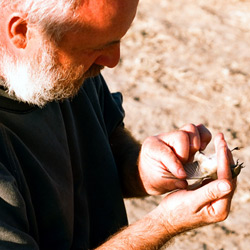EMAIL: data@cperc.org.uk CALL: 01954 713570 Follow us on facebook

Submit records
Recording your natural history observations for posterity is straightforward. All you need for a basic record are the four w’s – who, what, where and when. For more recording advice see below, or go straight to our online recording site www.cperc-record.org.uk. If you prefer to use more traditional methods of submitting records, our records sheets remain available through the links on the side bar, or email us directly at data@cperc.org.uk
Please note: By submitting a record to CPERC you are agreeing that we can store your record on our database and use it in our work. This includes allowing the record to be passed on for verification and allowing us to share the record with legitimate data users. For more information please see our data access and use policy or contact us.
Recording hints & tips:

Zsuzsanna Bird
All naturalists start off simply, recording the obvious and often brightly coloured things in their neighbourhood. There are excellent books available for many groups such as birds, mammals, plants and insects, and these can be a really good starting point. There are also an increasing number of websites where ID advice can be sought for a variety of species groups. The best way to record your nature is to keep a notebook – like a diary, really, noting what you see and where, on what date, is the bare minimum. As your interests and skills develop, you will probably start noticing some of the activities that your local wildlife are performing – these make worthwhile additions to the basic 4w’s of the record.
The increasing accessibility of digital photography also means that it can be quick and straightforward to make a photographic record of the things you observe; whilst not always true, a good photograph or two can often help with identification. However, a photograph is not always the solution – many things we see or record remain a mystery when we are not expert in that group or organisms.
There are many obscure groups of small grey or brown things out there too, and you never know, as your skills develop and your horizons broaden, you may find some of our less well recorded groups become fascinating subjects. There are experts out there for some of these specialities, some county based, others further away, but we can often contact them if there seems to be good reason to set a keen new amateur off in their direction. We have a set of links to some of the web resources for identifying various groups, especially insects and other invertebrates here on our links page, and also to lots of local groups and natural history societies.
To help determine where you recorded your wildlife, maps are invaluable. If you are out and about a lot in your local patch, it may be worth investing in your relevant ordnance survey map. You can also use the map on CPERC-Record to search for a place online and determine the grid reference. This level of geographic information is vital to make your observations count – without it we cannot begin to guess where you saw your wildlife. A postcode is not as useful, as outside of dense urban areas, they are too imprecise to allow us to pinpoint your record.
What we do with your records

Zsuzsanna Bird
When we receive records from you, we need to check the data before we add it to our database - a two step process of validation and verification. Validation is checking we have all the key information for the record. The next step, verification, is where our local specialists come in. In the office, we cannot be experts in everything, so we have to send the basics of your record to an expert, who can confirm for us that the record is likely to be correct (that it was likely that you found that species in that location on that particular date).
Once a record has been verified, it can then be used in our work with decision-makers.